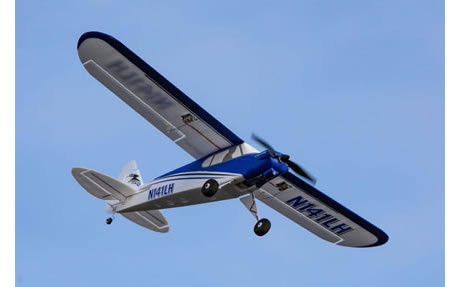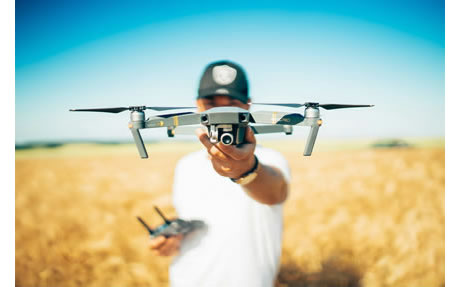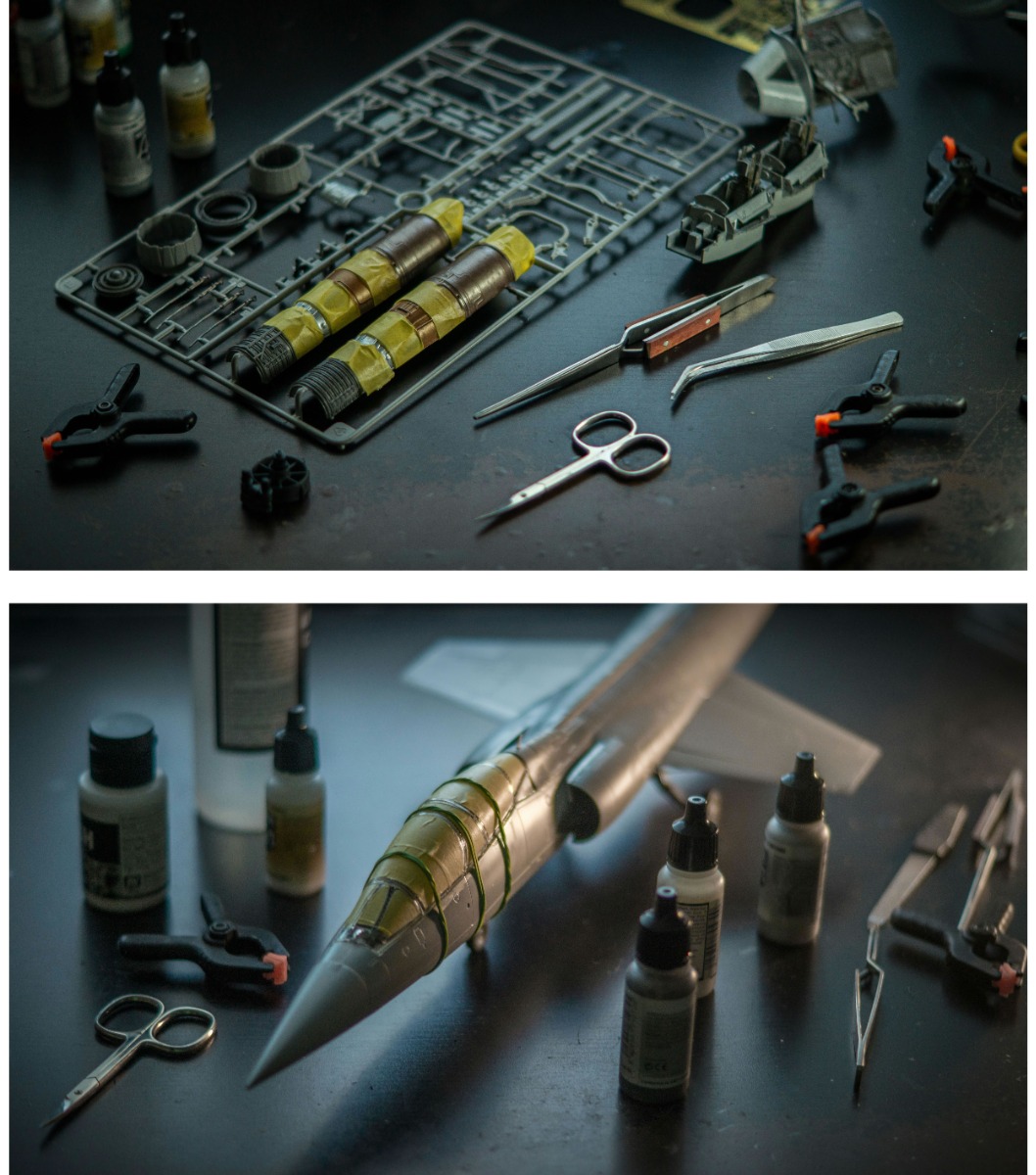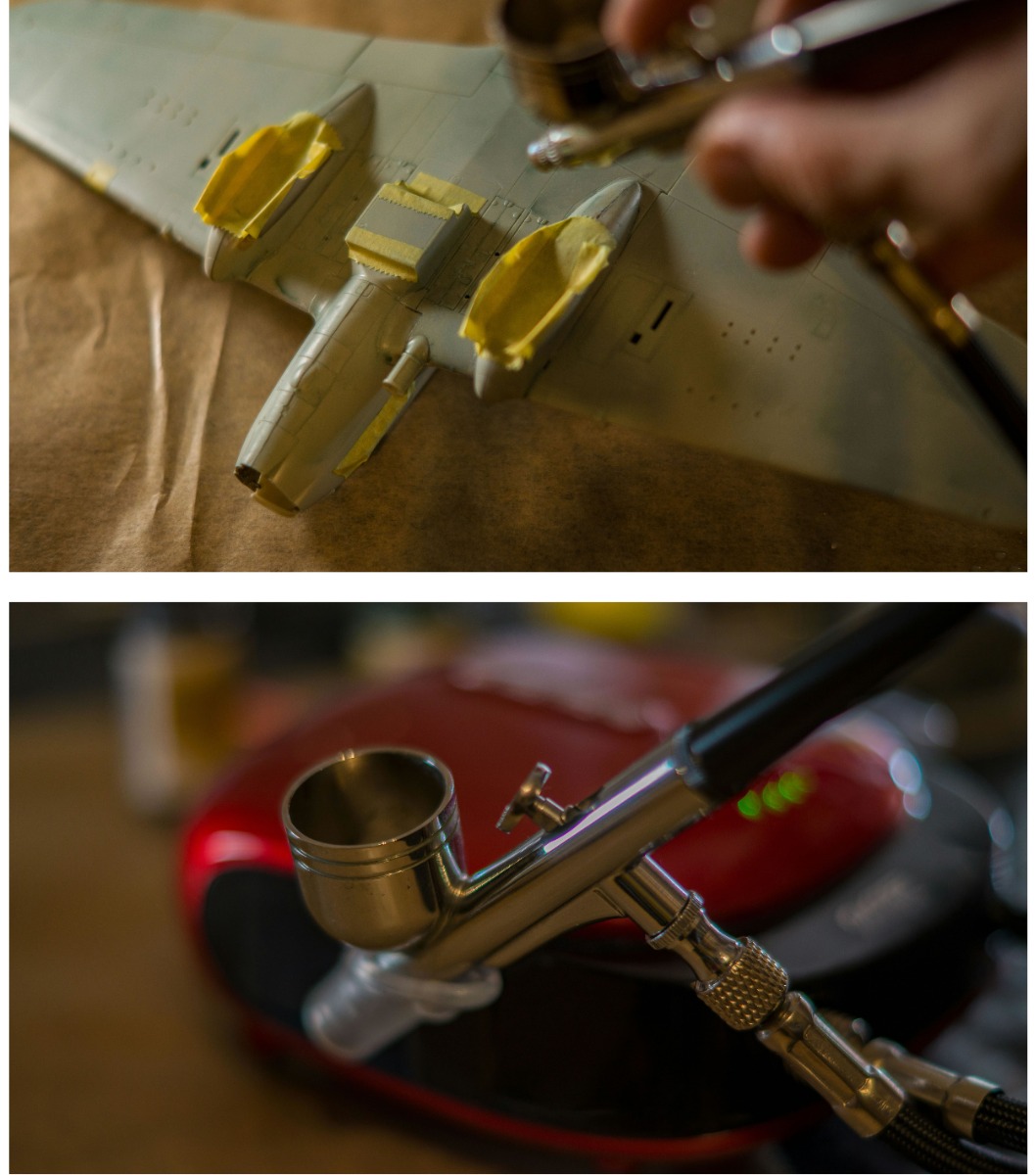UM-MT 1/72 Armored Railroad Car D-37 with the turret of the D-13 Armoured Car # 705
The D-37 Armored Railroad Car, equipped with the turret of the D-13 Armored Car, represents a unique and innovative approach to military engineering, blending the mobility of rail transport with the firepower of an armored vehicle.
This hybrid machine served as a versatile component of military trains, providing both offensive and defensive capabilities in various combat scenarios.
Design and Development
The D-37 Armored Railroad Car was developed during a period when railways played a critical role in military logistics and troop movements.
The integration of armored vehicles with railway systems aimed to enhance the protection and firepower of these crucial transportation lines.
Structure and Armor
Chassis: The D-37 was built on a robust railway car chassis, capable of supporting heavy armor and weaponry. The car featured reinforced steel plating, offering protection against small arms fire and shrapnel.
Armor: The sides, roof, and floor of the car were armored, providing comprehensive protection to the crew and internal components. The level of armor varied, typically ranging from 10 to 30 mm in thickness, depending on the expected threat level.
Turret of the D-13 Armored Car
The distinctive feature of the D-37 was its turret, borrowed from the D-13 Armored Car.
This turret was designed to deliver significant firepower and enhance the car's combat capabilities.
Armament: The turret was equipped with a primary weapon, usually a 37 mm cannon, capable of engaging both infantry and lightly armored targets. Additionally, it featured coaxial machine guns, providing supplementary firepower against enemy troops.
360-Degree Rotation: The turret allowed for a full 360-degree field of fire, enabling the D-37 to engage threats from any direction without repositioning the entire car.
Optics and Rangefinding: The turret incorporated advanced optics and rangefinding equipment for the time, improving accuracy and target acquisition in various combat conditions.
Operational Use
The D-37 Armored Railroad Car with the D-13 turret was employed in a variety of roles, leveraging its mobility and firepower in diverse operational contexts.
Escort and Patrol: These armored cars often escorted military trains, safeguarding troops, supplies, and critical equipment from ambushes and sabotage along railway lines. Their presence deterred enemy forces and provided a rapid response capability.
Reconnaissance: Due to their mobility and armored protection, D-37 cars were used for reconnaissance missions along railway tracks, scouting ahead for enemy positions and potential threats.
Combat Support: In direct combat, the D-37 provided fire support to infantry and other units, using its cannon and machine guns to suppress enemy positions and fortifications.
Advantages and Limitations
Advantages
Mobility: The ability to move swiftly along railway lines allowed the D-37 to be deployed rapidly to critical areas, providing timely support where needed.
Firepower: The combination of a 37 mm cannon and machine guns gave the D-37 a formidable offensive capability, suitable for engaging a range of targets.
Protection: The armored design offered substantial protection for the crew, making the D-37 a resilient asset in hostile environments.
Limitations
Rail Dependence: The reliance on railway lines limited the D-37's operational range and flexibility, confining its use to areas with established rail infrastructure.
Vulnerability to Sabotage: Railway lines were susceptible to sabotage and destruction, potentially stranding the D-37 and rendering it ineffective.
Legacy
The D-37 Armored Railroad Car with the D-13 turret represents an innovative fusion of railway and armored vehicle technology.
While its use was constrained by the limitations of railway dependence, it provided a valuable asset in protecting and supporting military operations along critical transportation routes.
The design principles and lessons learned from the D-37 contributed to the evolution of armored and railway-based military engineering in subsequent years.
In summary, the D-37 Armored Railroad Car equipped with the D-13 turret was a versatile and powerful addition to military rail operations, combining mobility, protection, and firepower to address the unique challenges of railway warfare.





















 Spread the cost with Paypal Credit
Spread the cost with Paypal Credit
 Spread the cost with Klarna
Spread the cost with Klarna









